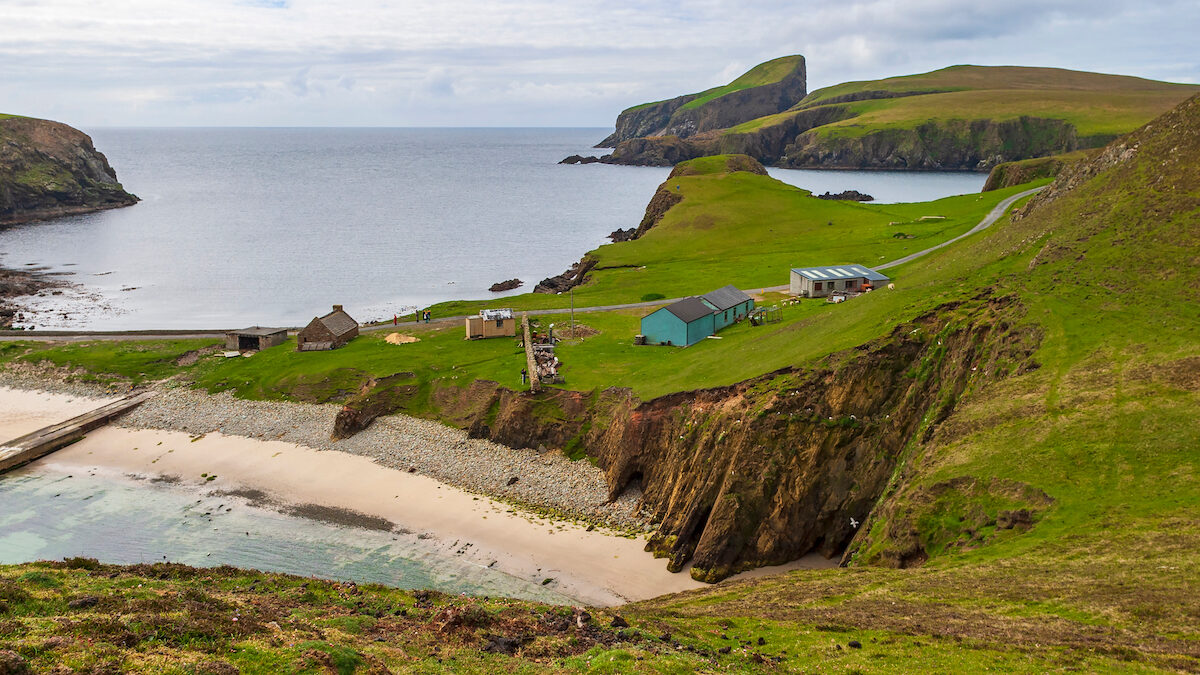People living on the more remote islands of Orkney and Shetland suffer from poor internet and mobile phone connectivity, according to a new report tracking the lives of some of Scotland’s remotest citizens.
The Scottish Government’s National Islands Plan Survey has revealed that only 27% of Shetland Outer Isles residents said their home internet connection is fast enough to do what they want online compared to 66% of Shetland Mainland residents. A significant difference was also noted between the Orkney Outer Isles (45%) and Orkney Mainland (70%).
The survey showed that 62% of island residents agree that their internet connection at home is reliable, but with significantly lower agreement in Shetland Outer Isles (30%) and Orkney Outer Isles (35%).
It showed that 60% of island residents agree that there is a good mobile phone signal in their home, and 56% that there is a good signal in their local area. However once again residents of Orkney Outer Isles reported significantly poorer mobile coverage (27% have a good signal at home, and 29% in the local area) compared to residents of Orkney Mainland (78% have a good signal at home, and 69% in the local area).
Overall when it comes to digital inclusion in island communities 96% of island households reported having access to the internet from home; older residents, aged 66 and over, report slightly but significantly lower levels of access than other age groups, at 92%.
The Scottish Government developed Scotland’s National Islands Plan (2019) following the Islands (Scotland) Act 2018. The plan aims to improve people’s lives in Scotland’s islands and the National Islands Plan Survey gathered data with a view to collecting information about people’s lives against which effectiveness of the plan was to be measured.
In October 2020, 20,000 surveys were posted to adult residents of 76 permanently inhabited islands, with options to complete it on paper, online or by phone, and in English or Gaelic. A total of 4,347 people responded to the survey from 59 islands, giving a response rate of 22%.
Survey findings highlight that experiences of island life vary considerably by island group and by age groups.
In general, respondents felt there was a lack of support for young people to remain, move or return to the islands. The data revealed that respondents felt that there is a lack of employment, training and higher education opportunities and a lack of childcare options to fit with residents’ working patterns.
They also felt there is a poor variety of housing types, sizes and tenures to meet people’s needs and a lack of affordable housing. And they have mixed experiences of accessing healthcare services and of speed and reliability of internet connections. Some feel there is inadequate infrastructure for the number of tourists their islands attract.
A Scottish Government spokesperson said: “Providing a high standard of digital connectivity is at the heart of our plans for a resilient, green economic recovery from Covid-19.
“We are investing more than £600 million through the Reaching 100% (R100) programme, which aims to extend full fibre to some of our most remote rural communities, including parts of Outer Shetland and the Orkney Islands. In 2022, 16 new subsea fibre cables will be deployed to our island communities, paving the way for the delivery of gigabit broadband speeds (1,000 megabits per second) and potentially a range of other telecoms services on the islands, including 4G and 5G mobile coverage.
“Work continues with Openreach to finalise our coverage plans for the North of Scotland and we will update our online coverage checker once this is completed later this summer. In the meantime, homes and businesses currently unable to access superfast broadband are currently eligible for the Scottish Broadband Voucher Scheme; which offers a subsidy of up to £5,000 to secure a broadband connection.”




